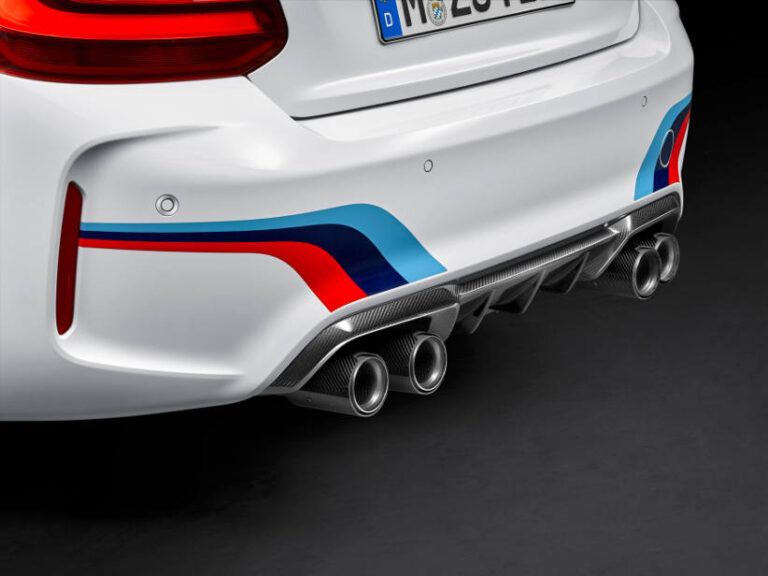There are some good arguments on both sides of this debate, and obviously some conspiracy theories, so FAN has largely stayed away from commenting. Though when we read this release from the Electric Vehicles Council (who are pushing strongly in favour of NVES) we thought it was worth sharing.
Despite overblown predictions from sections of the car lobby, new modelling by the Electric Vehicle Council, using S&P Global Mobility’s new car market forecast, shows the Australian market is actually already on track to meet the government’s preferred New Vehicle Efficiency Standard (NVES) targets.
The S&P data indicates Australia will achieve the overall CO2 targets in 2025, 2026, and 2027.
In 2028 and 2029, under current assumptions, the market is projected to emit more CO2 than the target, but would be able to offset this gap with surplus credits accrued in 2025-2027 (even after accounting for credits expiring three years after accrual.)
“If you examine the actual data, instead of the bad faith nonsense being pedalled by the old car lobby, it shows the government’s efficiency standards are actually probably too weak in the early years to force a change from what’s happening anyway,” said Electric Vehicle Council chief executive Behyad Jafari.
“The reality is that ‘Option B’ New Vehicle Efficiency Standards won’t actually push the market to significantly change what it was already going to do.
“S&P Global Mobility’s projections are based on the market reaching 28% BEVs, 27% hybrids and 4% PHEVs by 2029. This is far lower than where we’d like to see the market by then. But the government’s Option B at least locks this change in and provides a good base to build from.
“Importantly, this modelling is based on the same data being used by the old car lobby. This means they’ve known that this standard will create a huge excess of credits that can be traded as an offset to anyone who misses their target, but they’ve been lobbying to make it weaker anyway.
“What this analysis tells us is that any move to make this standard much weaker risks adding so many additional credits into the market that we won’t even be able to guarantee existing projections. That’s clearly what some greedy voices in the car lobby are shooting for and the government must reject this.
“The good news for consumers, however, is that the efficiency standards will send a long-term signal to car makers that Australia is no longer the world’s odd man out. Australian consumers will no longer be earmarked as a comfortable option to take dirty, outdated cars that can’t be sold to Americans or Europeans.
“This data shows that while a handful of individual car makers may be grumpy about efficiency standards, these standards will actually be of benefit to the overall market and a massive benefit to Australian consumers.
“Efficiency standards in Australia will work just as they have in the US – they will incentivise car makers to offer Australian consumers a broader range of cleaner options to accompany their old school petrol-thirsty models.
“While these standards are lower than where most Australians and the electric vehicle sector would like to see the market land, as a reasonable stakeholder in this process we’ve been willing to back Option B as a compromise. Now it’s up to the government to build on this position and show that it won’t cave to scare campaigns being run by the most unreasonable parts of the industry.”






